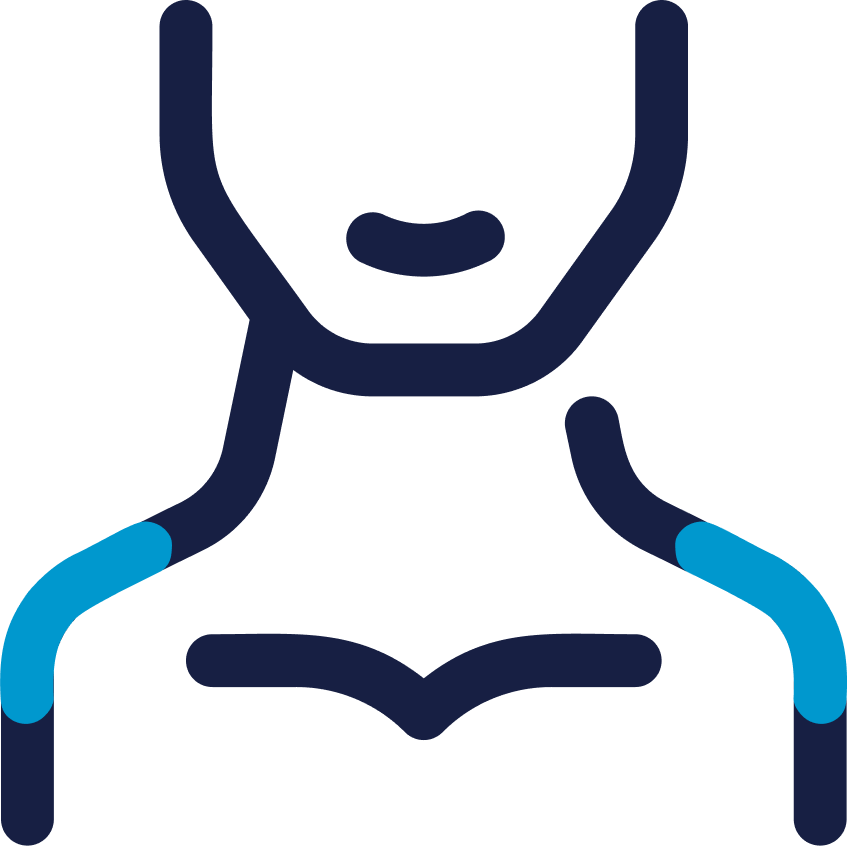
- Common Conditions
- /Shoulder

There are three bones in the shoulder that work together in a ball-and-socket joint. The labrum is a thick band of soft tissue that surrounds the shoulder socket, helping to stabilize the joint. The labrum also serves as a cushion between the bones; therefore, if it tears, some of that cushioning is lost.
A labrum tear usually occurs due to overuse, but can also result from injury or normal wear-and-tear:
Injury – If an individual slips and breaks the fall with an outstretched arm, the force that is placed on the extended arm during impact can cause a labral tear.
Overuse – If the same movement is performed repeatedly, the labrum may tear.
Normal wear-and-tear – Daily wear-and-tear on the labrum can cause degeneration, increasing the likelihood of a future labral tear.
Symptoms associated with a labrum tear include weakness, decreased mobility, the feeling that the shoulder is unstable, intermittent pain and/or a grinding, catching, or locking of the shoulder.

